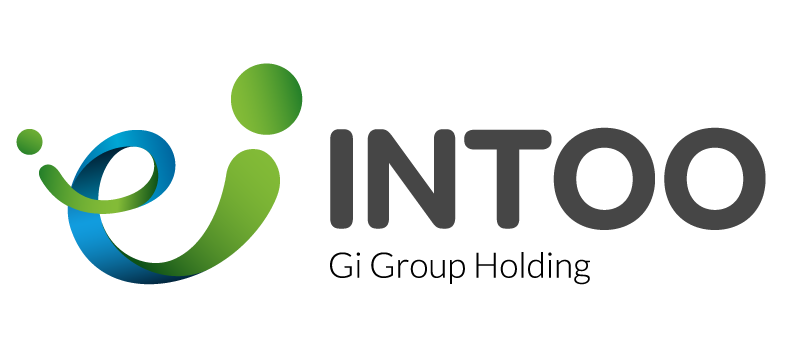What Is a Talent Pipeline?
A talent pipeline is a proactive recruitment strategy where organizations build and maintain a pool of qualified candidates—both internal and external—who are ready to fill current or future job openings. Instead of starting from scratch every time a position becomes available, employers tap into this pre-qualified network to speed up hiring and reduce recruitment costs.
A talent pipeline may include:
-
Candidates who have applied in the past
-
Passive candidates identified through sourcing efforts
-
Current employees being developed for future roles
-
Individuals engaged through networking, events, or talent communities
This approach is commonly used for high-demand roles, leadership succession planning, and long-term workforce development.
Why Talent Pipelines Are Important
A strong talent pipeline helps organizations:
-
Reduce time-to-hire by having qualified candidates ready
-
Minimize business disruption during vacancies
-
Support succession planning for key roles
-
Increase candidate quality and cultural fit by building relationships over time
Rather than reacting to vacancies, companies with robust pipelines can hire more strategically, leading to better outcomes for teams and long-term business goals.
Why Talent Pipelines Are Relevant in the Workplace
In a competitive job market, top talent is often in short supply. Building a talent pipeline gives organizations a critical edge by allowing them to:
-
Engage candidates early, before they enter the job market
-
Personalize outreach and nurture relationships over time
-
Align hiring with future growth plans, not just immediate needs
-
Improve diversity and inclusion efforts by casting a wider, more thoughtful net
For HR and talent acquisition teams, managing a talent pipeline involves using tools like CRMs (Candidate Relationship Management systems), employer branding content, and targeted talent campaigns.
Ultimately, a talent pipeline is about thinking long-term—developing relationships today to solve hiring challenges tomorrow.
Key Components of an Effective Talent Pipeline Strategy
An effective talent pipeline strategy goes beyond simply collecting resumes. It involves ongoing engagement, segmentation, and relationship-building with potential candidates. Key components include:
-
Workforce planning: Aligning pipeline development with projected hiring needs and organizational growth.
-
Candidate segmentation: Grouping prospects based on role type, skill level, and readiness to move.
-
Talent nurturing: Keeping candidates engaged through personalized outreach, newsletters, content, and events.
-
Internal mobility planning: Identifying and preparing current employees for future opportunities through upskilling and succession planning.
-
Metrics and tracking: Using recruitment analytics to monitor pipeline health, candidate engagement, and conversion rates.
When all these elements work together, organizations can create a dynamic, responsive talent pipeline that evolves with business needs.
Common Challenges in Building and Maintaining a Talent Pipeline
While talent pipelines offer clear advantages, they also come with challenges. Keeping candidates warm over time requires consistent communication and relevant content, or risk losing them to other opportunities. It can also be difficult to accurately forecast talent needs or keep pipeline data updated, especially without the right tools. Internal competition for roles or misalignment between hiring managers and recruiters can slow down the process. Addressing these issues requires clear collaboration across teams, robust technology infrastructure, and a strong employer brand that keeps candidates engaged even when roles aren’t immediately open.
Leveraging Technology to Strengthen Your Talent Pipeline
Modern recruitment tools can significantly enhance talent pipeline development and management. Candidate Relationship Management (CRM) systems help recruiters track, organize, and engage prospects over time. AI-powered sourcing platforms can identify and rank passive candidates based on job fit. Applicant Tracking Systems (ATS) integrated with pipeline tools allow seamless movement from nurturing to hiring. Additionally, employer branding platforms like LinkedIn and content marketing tools help companies share their culture, values, and opportunities with future candidates. Leveraging these technologies allows organizations to scale their pipeline strategy and ensure a consistent flow of high-quality talent.




